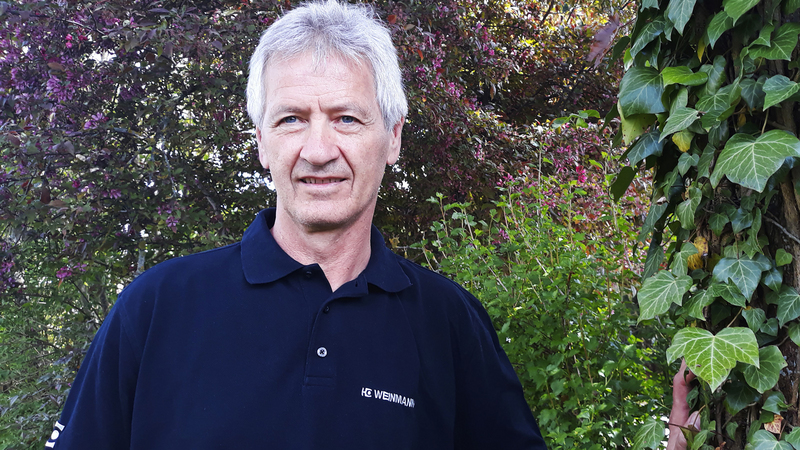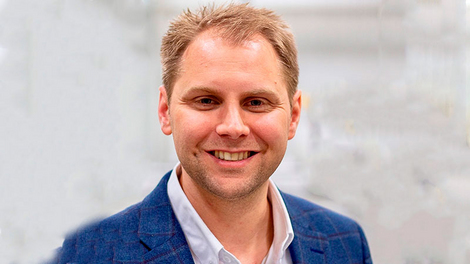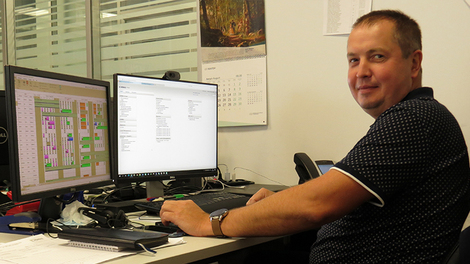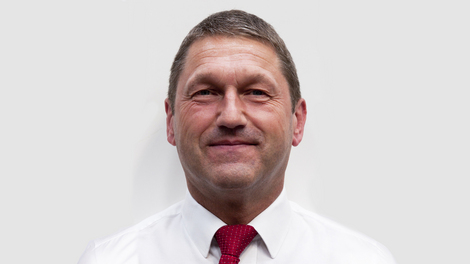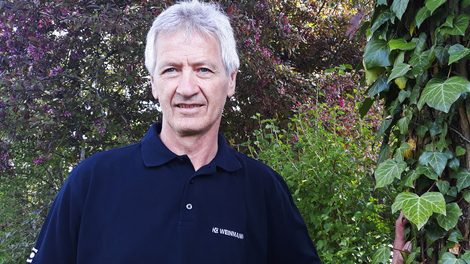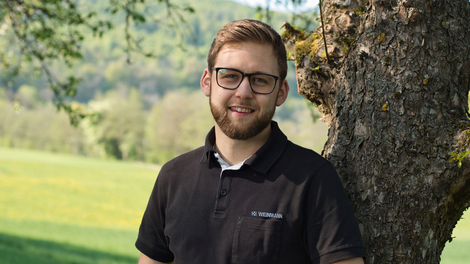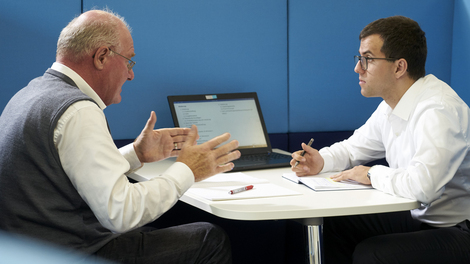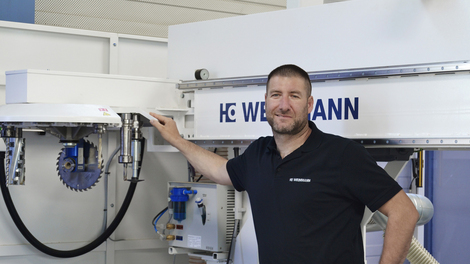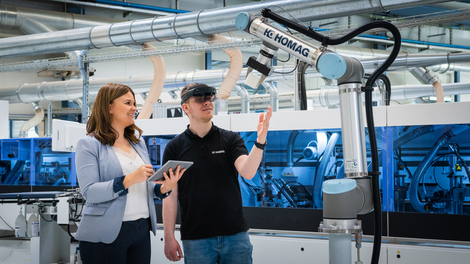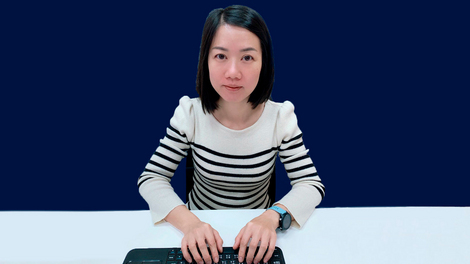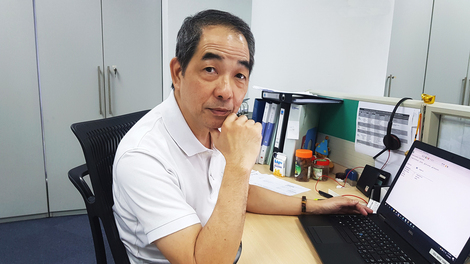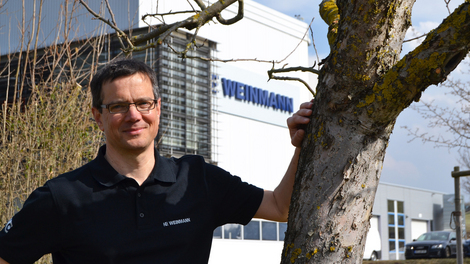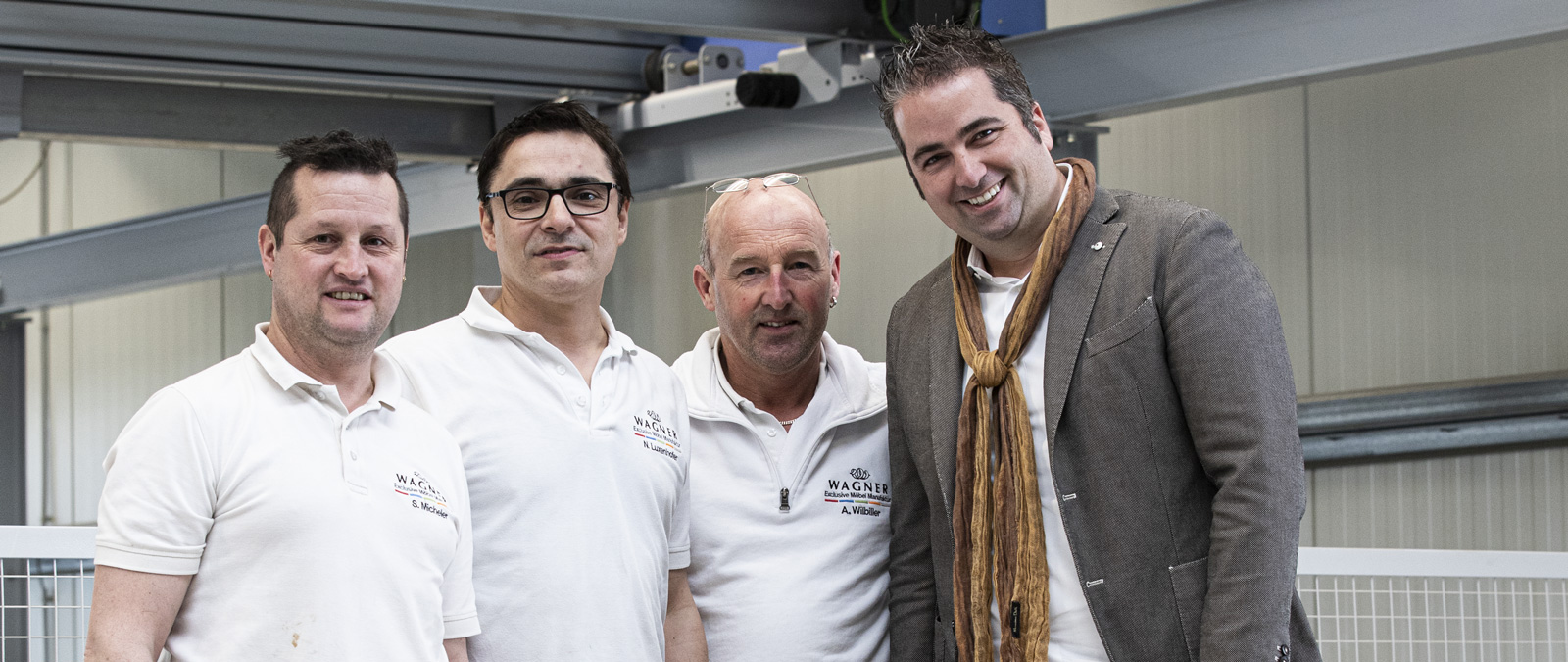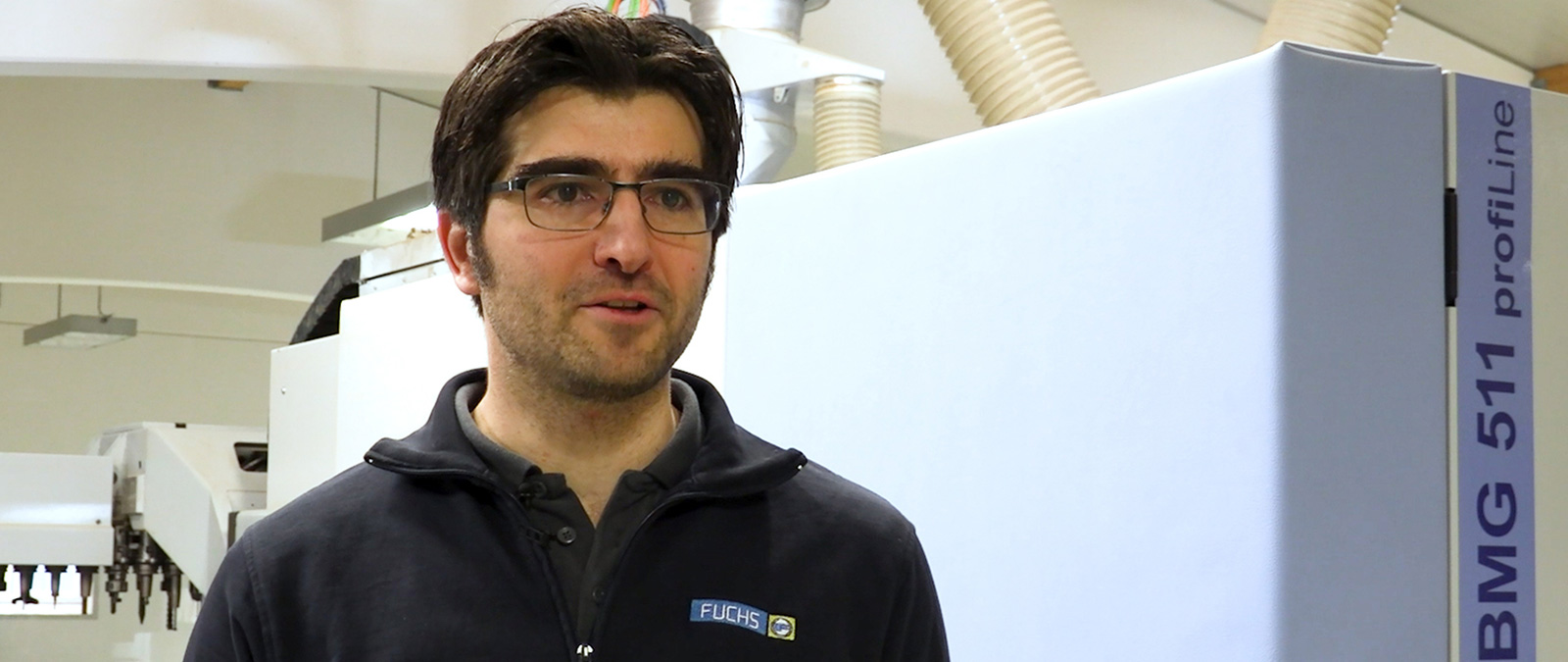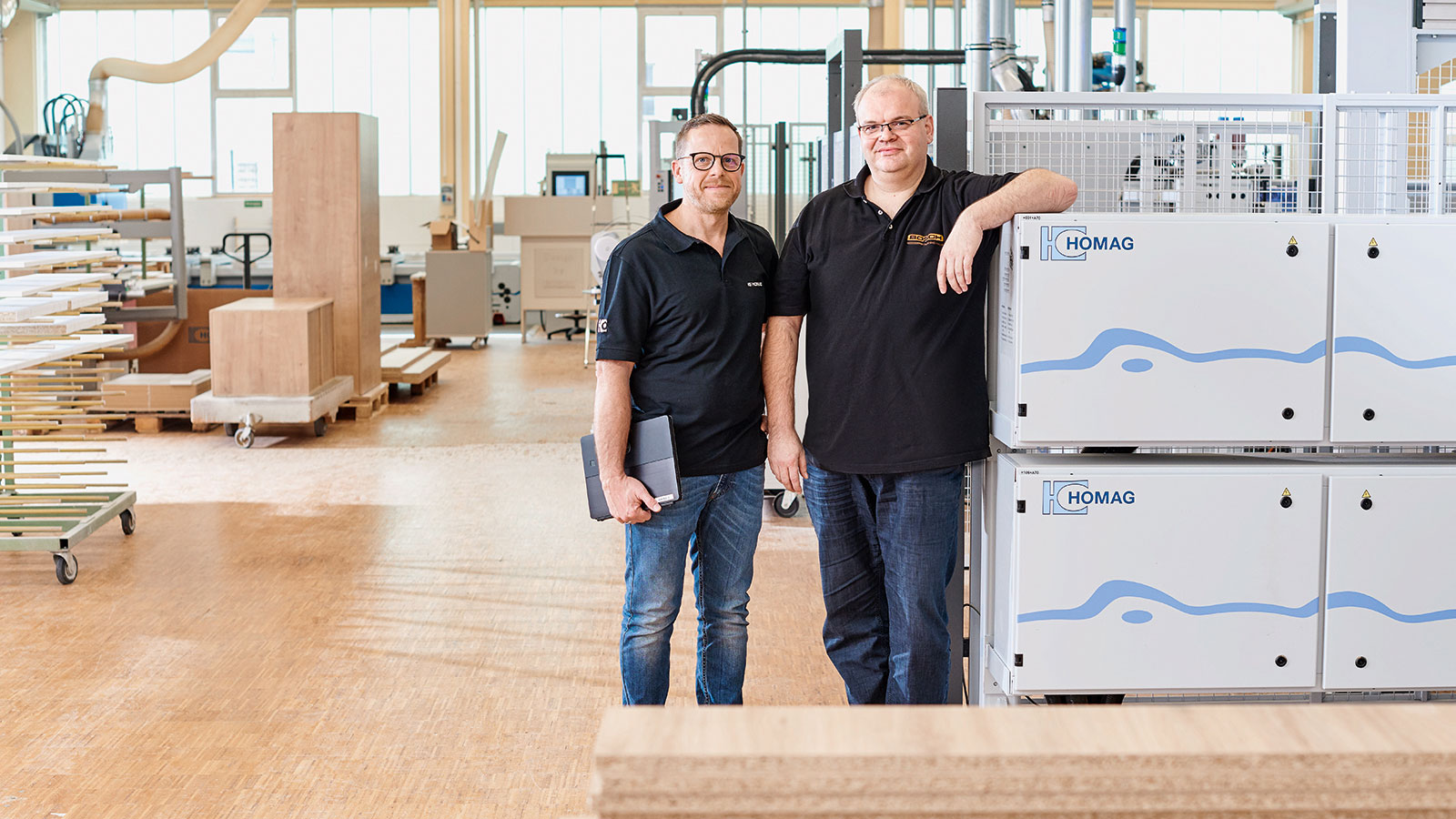Portrait of an employee: Hartmut Vöhringer
For more than 25 years, Hartmut Vöhringer has been responsible for the control technology of machines and plants. Here, he gives us an insight into his experiences during this time.
25 years is a long time, what's changed over the years?
When I joined WEINMANN 25 years ago, it was still a small family business. There were three of us in the control technology area and we were responsible for the whole package — from drawing the wiring diagram and the design, to the construction of the switch cabinet, right up to installation of the machine and commissioning at the customers' premises. We accompanied the machine throughout the entire process, from the design stage, to its eventual use on site. As the WEINMANN company developed, the control technology area changed too, of course. On the one hand, the team is now bigger and on the other hand, we now specialize more in individual tasks.
For a long time, I was responsible for the entire control technology area. It was a role I was very happy with. However, it was also important to me to continue actively participating in projects. Naturally as the company grew, the number of administrative tasks I had to do as a department head increased as well. One year ago we restructured the department into the area of new developments and design. In this new setup, I am now responsible for cells and plants and I can be directly involved with projects again. During this time, I have learned a lot about how customers use the machines and the requirements the machines have to fulfill. This has allowed me to gain a lot of experience that I can now bring to new projects. This expertise is one of my greatest treasures.
Can you share some defining events for you?
As you might expect, I've had a lot of different experiences at WEINMANN. A very testing period involved two large projects that were developed and installed simultaneously. Both projects were enormous in terms of scope and presented a great challenge. What we achieved at that time was tremendous. Needless to say, delivering both projects on time and to a high standard caused a lot of stress. However, we successfully installed both projects by the specified deadline and the plants are still in use today, to some extent. Looking back, that was a really challenging time.
The machine acceptances that we now perform in-house are another example of how things have changed. Initially, we delivered our plants without performing a test run, which predictably often led to us spending longer at the customers' premises, as the plants were commissioned on site. I felt the need to optimize this process and initiated a workflow of delivering the machines only once they had been commissioned and a test run had been performed. Back then, what is now the standard and essential process was completely new.
How do you feel about the developments and changes?
The world of control technology moves very fast. Even our control systems have been through many stages of development. For me, one of the most striking advancements, was the possibility to access the machines via remote service to resolve problems. I had reservations about this at first, but without the remote access that we now have, it would no longer be possible to operate the machines efficiently. The possibilities we have today are just tremendous. As well as the actual task of the machine, the control technology offers many additional functions. Initially, 70–80% of the control technology's tasks were to do with the function of the machine, but now these tasks only account for perhaps 30-40% of what the control technology does. A large part of this relates to various details, such as documentation, statistics and evaluations. That's a very big change.
What is important to you in your work?
In terms of my work, it's important to me that we work specifically toward meeting customers' requirements. We must always focus on what the customer needs and make this our priority. It's important to address the specific needs of the customer. We must be open to innovative, customer-specific solutions because that's what the customer needs.
Good collaboration in the team and with colleagues is also very important to me. It's important that all colleagues are integrated into a project so that they can actively participate in shaping the project and driving it forward.
What does timber construction mean to you?
For me, wood is basically a very pleasant material to work with and that is evident in the processing. Wood is great! I'm also repeatedly impressed by the projects that our customers implement and by the houses and construction projects they create. That's fantastic to see!
WEINMANN has been part of HOMAG for 22 years. What are your experiences with HOMAG?
Even during my early years at WEINMANN, I thought that the company would develop further and grow, but I did not expect it to grow to such an enormous extent. A very decisive step in the history of the company was joining the HOMAG Group. We benefited greatly from this in the area of control technology, because we use the HOMAG control technology in-house too. With our small team, we would not have been able to create the infrastructure for the control technology so quickly. Therefore, we worked closely with our colleagues from HOMAG from the very beginning. There was a lot that we were able to adopt for our area, but we were able to contribute many ideas too. The development and control systems teams regularly exchanged ideas about new developments and functions. Of course, a lot has changed over the years. I'm now part of the mechatronics team, for example. We are still in close contact with our colleagues from Schopfloch and we often speak to each other directly, which works really well.

